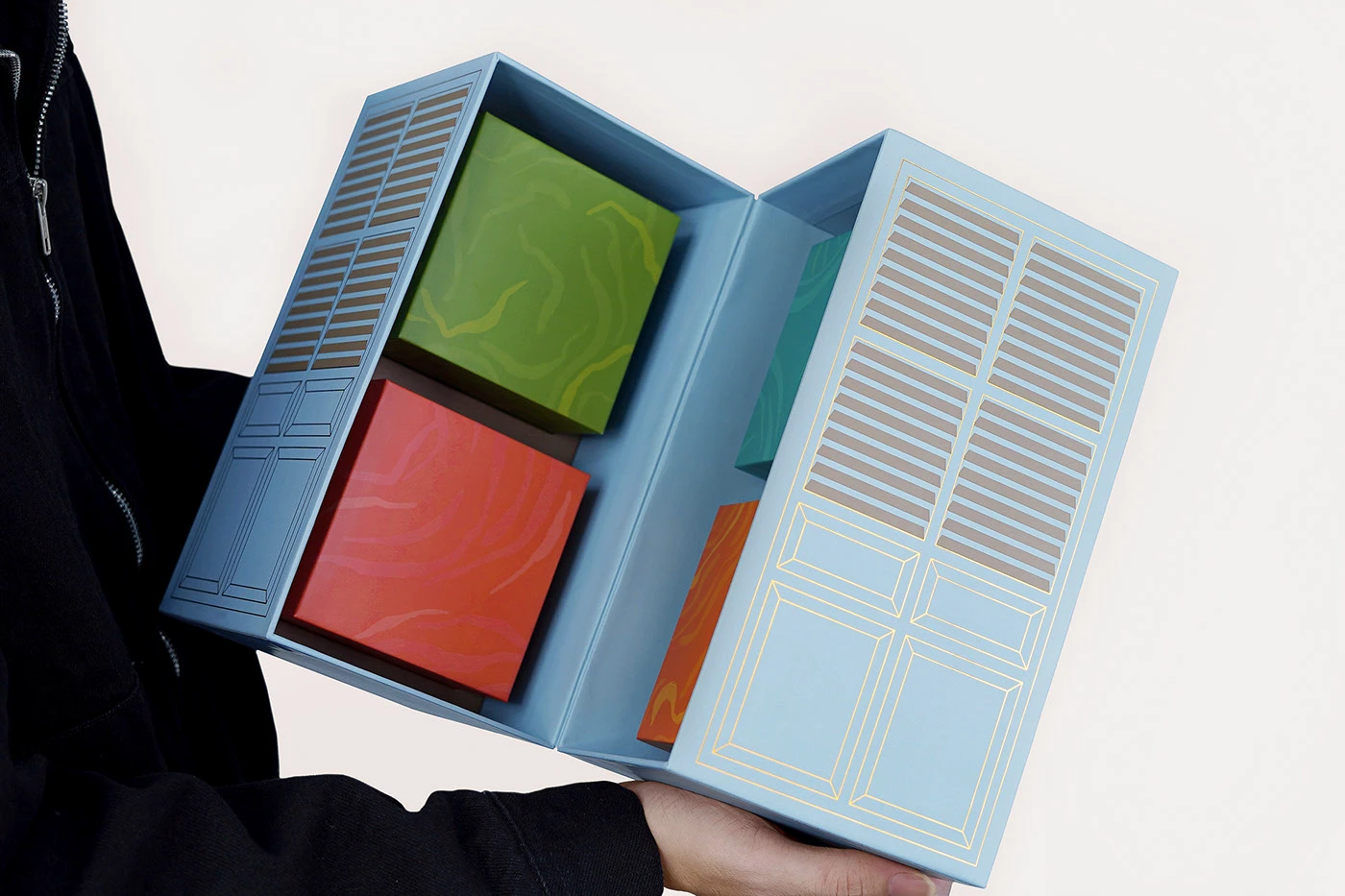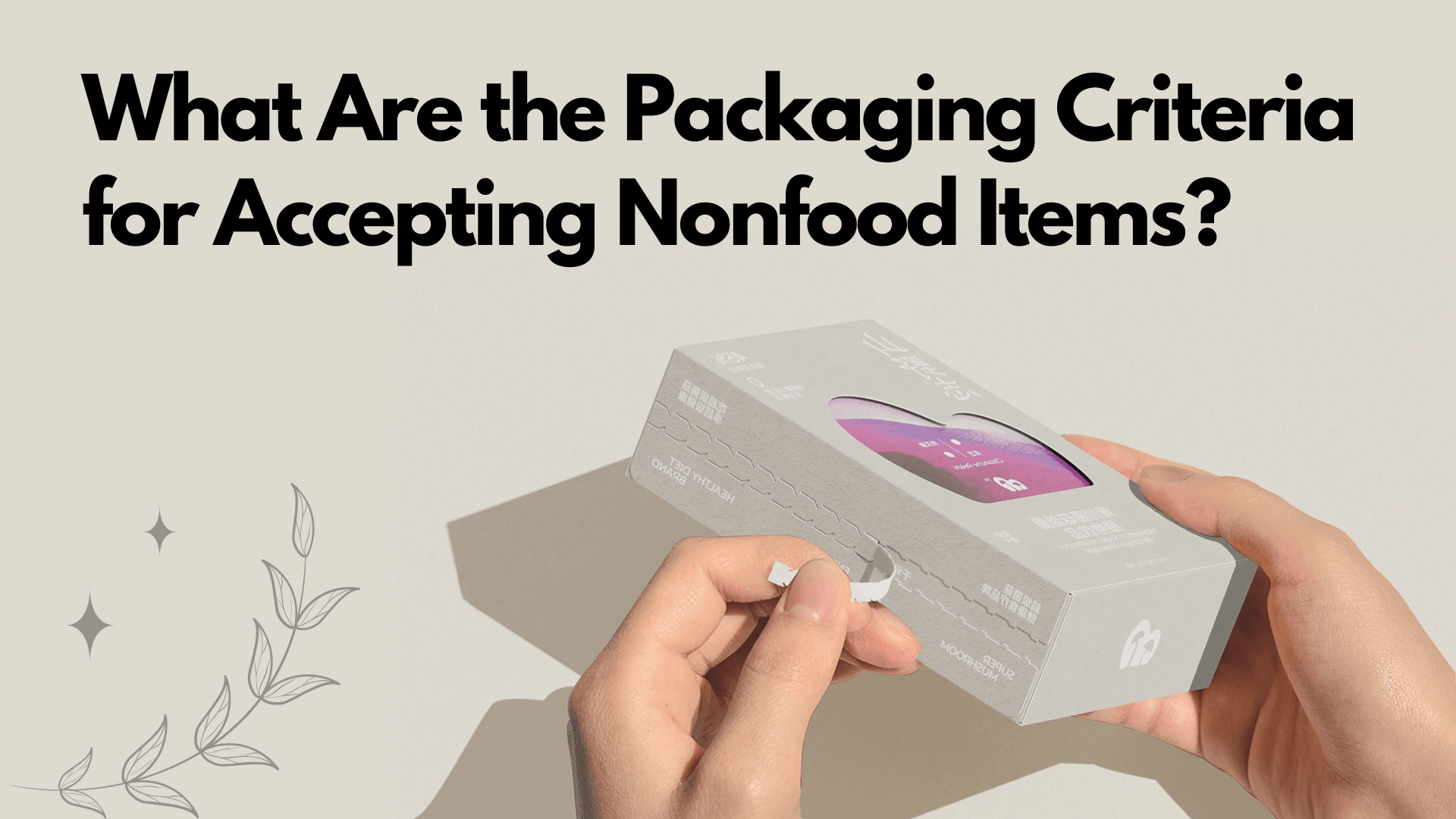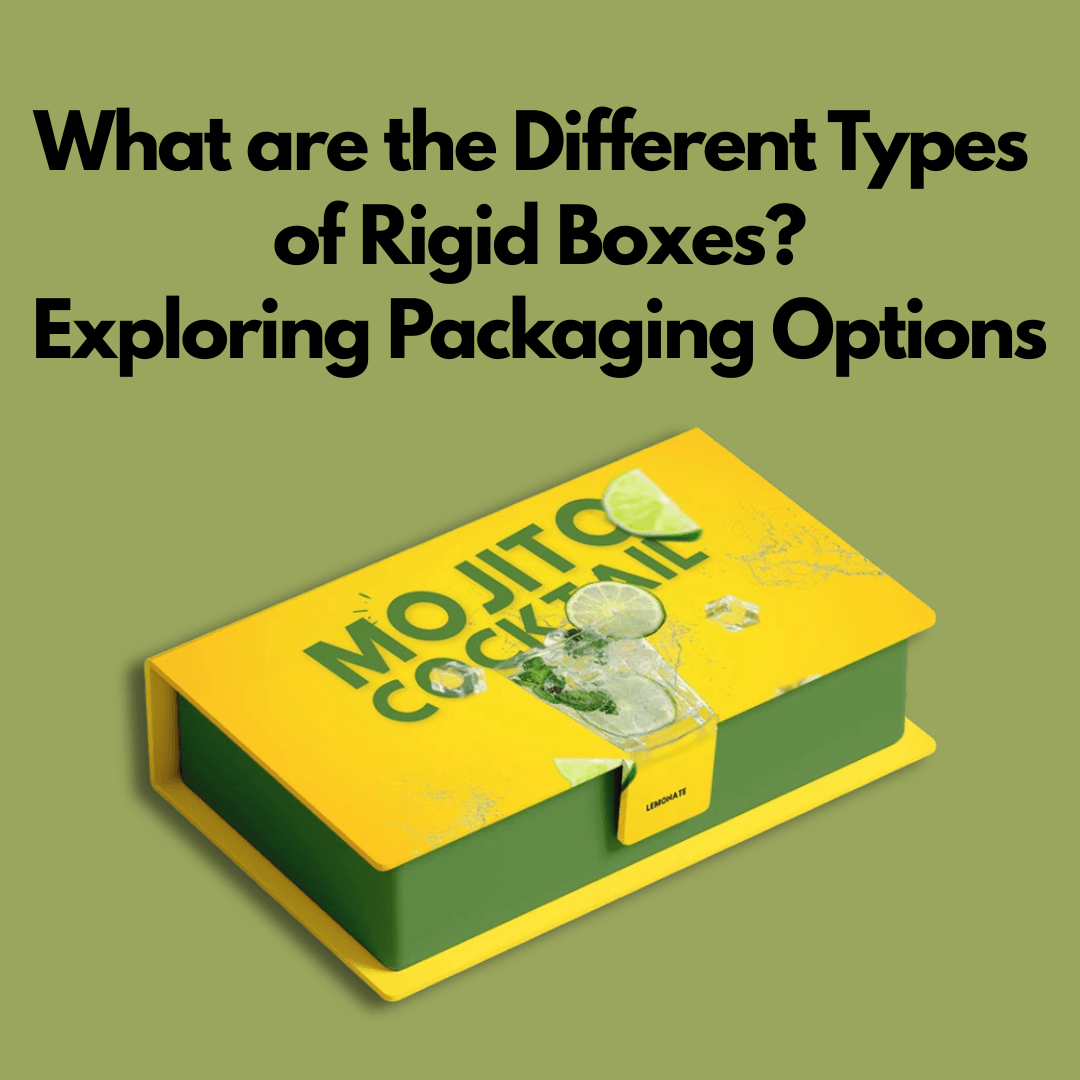The right packaging matters for nonfood items. These include electronics, toys, tools, and clothes. It prevents damage during delivery and storage. It also makes handling easier and keeps the items clean.
If the packaging is weak or wrong, the products may get damaged or lost. This blog will explain the main packaging criteria for accepting nonfood items. It will help businesses and customers understand what makes good packaging.
Importance of Packaging for Nonfood Items
Covering an item is only part of packaging. It helps keep things like nonfood items safe from becoming damaged. It also protects them during shipping and storage. It stops products from breaking or getting dirty.
It also helps in organizing and transporting items. Good packaging saves money by reducing losses. Many things would be broken or useless if they weren’t packaged properly.
People don’t like this, and companies lose trust. Therefore, knowing why packaging matters helps in choosing the right materials and methods for nonfood items.
Packaging Criteria for Accepting Nonfood Items
When accepting nonfood items, businesses and shipping companies follow specific packaging rules. These rules help ensure safety and quality during transport and storage. Below are the key packaging criteria that must be met.
Durability and Lifespan
The packaging for nonfood items must be strong to keep them safe. It should handle rough treatment during transport. This means using materials that do not easily tear or crush. Cardboard boxes should be thick and well-built.

Plastic wraps or containers should be tough and secure. Durability prevents damage, which saves costs on returns and replacements. Strong packaging also helps maintain the product’s appearance and function.
Size and Weight
Packaging should not be too big or heavy. Its size and weight must allow easy handling for better convenience. Shipping expenses might go up if the products are too big. Too small packaging might not protect the product well.
The right size helps save space during storage and transport. Weight limits are also important to avoid injuries during handling. Many companies have clear rules about package dimensions and weight to follow.
Protection and Cushioning
The nonfood items typically need extra padding within their boxes. Items stay safe from impacts and falls with proper padding. Bubble wrap, foam peanuts, or air cushions fill empty spaces.
This cushioning avoids movement inside the packaging. This reduces the chance of damage. Protection is especially important for fragile or electronic products. Good packaging absorbs impact and keeps the item safe.
Sealing and Closure
Another critical factor is proper sealing. During shipping, packages must stay closed. Secure them with glue, tape, or straps. The closing has to be strong and hard to get into.

This keeps the product clean and complete. It also prevents theft or loss. Well-sealed packages give confidence to sellers and buyers that the item inside is safe.
Labeling and Marking
Labeling the box and its contents clearly makes it easier to find. Labels on non-food items must list product info, care tips, and warnings.
Barcodes or QR codes help track the product. Words like “Fragile” tell workers how to carry the item. Correct labeling makes fewer mistakes and speeds up delivery.
Compliance with Regulations
Many industries have packaging regulations to follow. Government authorities or transportation companies can set these rules.

Some items, for example, could be restricted or limited. To prevent penalties or delays in shipping, packaging must fulfill regulatory criteria.
Following the rules also means using materials that are good for the environment when you can. Following the rules is good for both the business and the environment.
Smart Green Packaging
More companies are using green packaging materials. Green packaging uses materials that nature can break down. It helps reduce waste and keeps pollution low.
Many buyers look for eco-safe brands. It also lowers the company’s carbon footprint. This builds trust and customer loyalty.
Easy to Store and Handle
The packaging must be designed for easy handling and storage. This includes having shapes and sizes that stack well. It should be easy to open without damaging the product inside.
Good design saves time for warehouse workers and delivery drivers. It also reduces accidents and product damage. Efficient packaging supports smooth supply chain operations.
Cost-Effectiveness
While meeting all these criteria, packaging should also be cost-effective. The smaller companies really need cheap choices that don’t lower quality.
It’s important to balance safety and cost well. Smart packaging keeps your products safe while being shipped. It reduces damage and returns. In the long run, this helps you save money.
Common Mistakes to Avoid in Nonfood Item Packaging
Common mistakes in non-food item packaging can cause damage and loss. One mistake is using weak or thin materials that break easily.
Another is poor sealing, which can lead to spills or tampering. Wrong package size is also a problem; too big or too small can harm the product. If you don’t use the right padding, things might move around and shatter within.
Not having clear labels makes things confusing and slows things down. Lastly, not following the rules might lead to penalties or shipments being turned down. Avoid these to keep products safe and customers happy.
Packaging Hippo Company: A Trusted Packaging Partner
When it comes to meeting packaging criteria, many small businesses trust Packaging Hippo. Their company designs custom packaging that keeps nonfood items safe and supports sales.
They use environmentally friendly, strong, and high-quality materials. Their team understands the needs of small businesses. They guide you to the best packaging choice. They provide low costs without sacrificing elegance or quality.
Packaging Hippo helps businesses meet industry standards and make their products seem better. Their company support brand growth while helping businesses save money.
Conclusion
Every nonfood products must be packed properly to arrive safely. Their packaging needs to be strong and durable. It should fit the products well. Clear and easy-to-read labels are also important.
This keeps the things safe and makes sure they get to clients in perfect shape. It also helps companies meet legal and environmental standards. Using Packaging Hippo speeds up the process and saves money.
For small businesses, smart packaging ensures products arrive safely. It builds customer confidence by showing professionalism. Packaging is no longer just about protection. Today, it plays a bigger role. It is key to business success.
Find an answer to all your questions below.
Quick answers to questions you may have. Can’t find what you’re looking for?
Ask Our Experts Directly
(445) 447 7678
Why is it important to keep nonfood packaging clean and undamaged?
A clean and intact packaging keeps the product safe from damage. It also prevents contamination. It also builds customer trust and meets safety standards.
What materials are recommended for packaging nonfood items?
Strong materials like cardboard, plastic, and foam are good for protecting nonfood items. Choose materials based on the product’s weight and fragility.
Why is packaging important for the shelf life of nonfood products?
Good packaging protects products from dust, moisture, and damage. This helps keep items in good condition longer.
What should I do to ensure my packaging complies with worldwide standards?
Follow guidelines from organizations like ISO and check shipping regulations for your destination. Work with trusted packaging suppliers.
What steps can I take to test if my packaging is durable enough?
You can do drop tests, compression tests, and vibration tests. These check if the packaging can handle rough handling and transport.
Looking for other custom boxes and packaging?
Chat live with us now for a free consultation and instant price quote.













